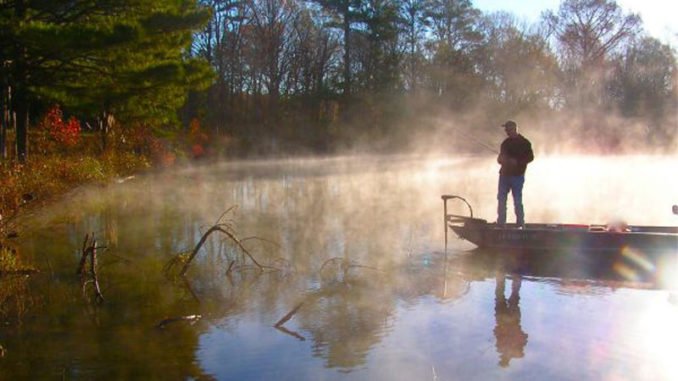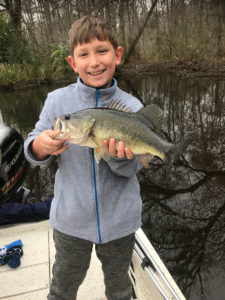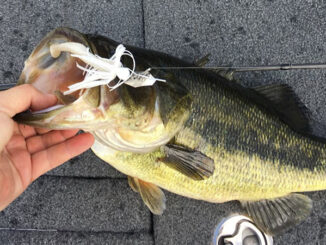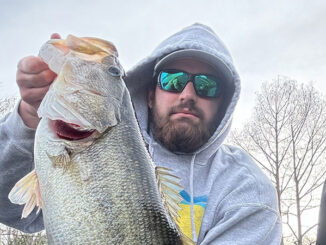
Mike Wood guided the boat out across an open area of the lake, looking ahead to locate a big log pile that often held bass.
He wasn’t looking at the depth finder. He was looking for bubbles.
“There it is,” Wood said. “See the bubbles?”
Old, decaying logs regularly give off small methane bubbles, even when they have been underwater for decades.
Picking up on those clues is just one of Wood’s tricks to finding bass’ hiding places.
“Just because you see bubbles doesn’t mean you’ll catch fish, but something is going on down there,” he said. “In lakes like this one, the bubbles usually mean there is a log pile down there.
“They usually hold largemouth bass.”

Of course, bubbles can mean a lot of things. Seasoned old commercial fishermen often locate schools of buffalo by seeing bubles and use that to set their nets. It’s a dying art, but veteran swampers can locate big snapping turtles by seeing bubbles and knowing how to distinguish them from other bubbles. And watching a trail of big bubbles heading off in a straight line can reveal where an alligator is underwater.
Wood has even fished with bream fishermen who locate bream beds in the summer by finding the right areas, then looking for bunches of tiny bubbles coming up.
That technique is used often by fishermen on Caney Lake to locate big chinquapin bedding areas.
“I’ve caught a lot of fish by throwing around the bubbles,” Wood said. “It was structure I probably wouldn’t have even known was there, or certainly wouldn’t have seen had I not been paying attention.”


